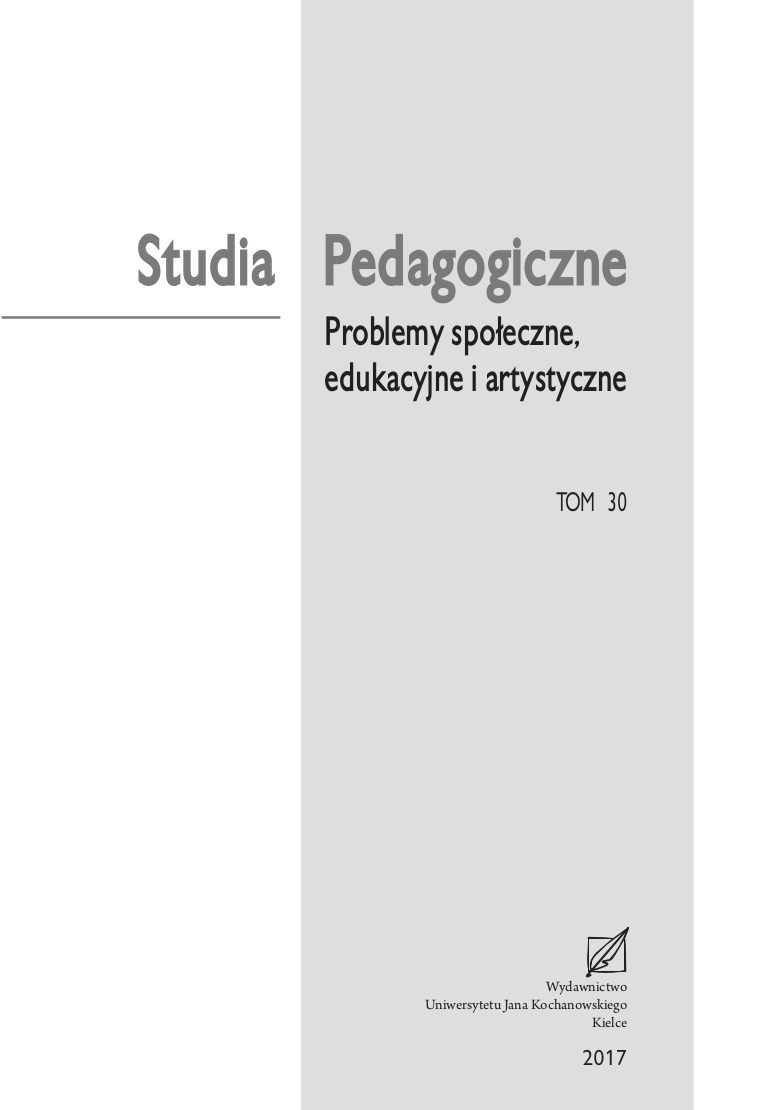Shared and/or separate representations of animate/inanimate categories: An ERP study
This paper presents an ERP experiment examining the underlying nature of semantic representation of animate and inanimate objects. Time-locking ERP signatures to the onset of visual stimuli we found topological similarities in animate and inanimate object processing. Moreover, when mapping more general to more specific representation (auditory to visual stimuli) we found no difference between animates and inanimates in the N400 amplitude either. This study provides further evidence for the theory of unitary semantic organization, but no support for the feature-based prediction of segregated conceptual organization. Surprisingly, it was also found that the P600 component, which has been thus far mostly related to syntactic processing to be a sensitive index of conceptual processing. The most apparent difference regarding P600 component was found between animate and inanimate matches, whereby animate matches elicited more positive ERP signatures in comparison to inanimate matches.
More...











